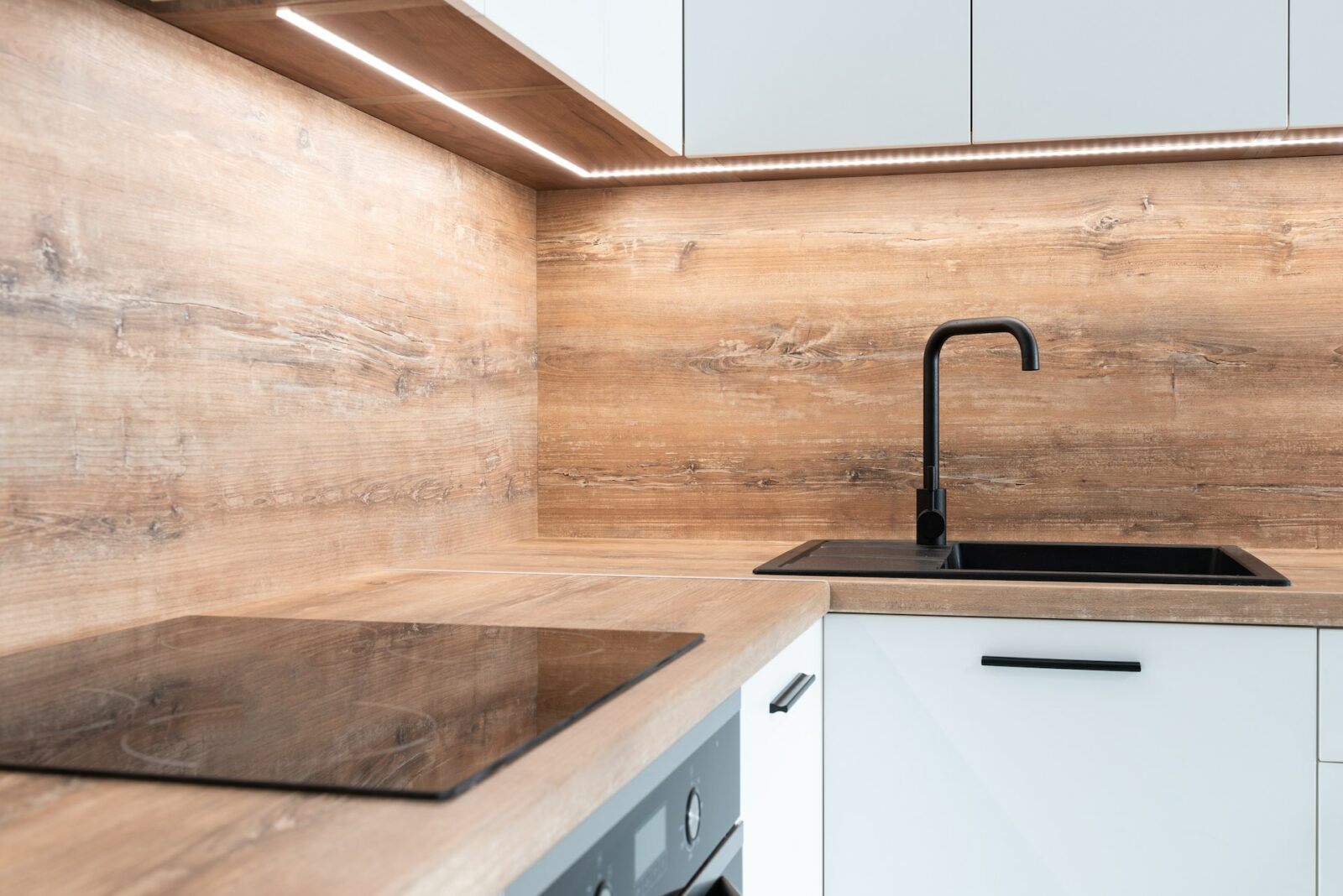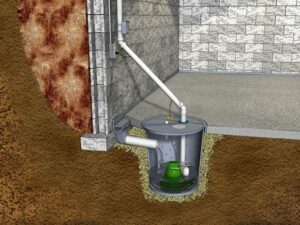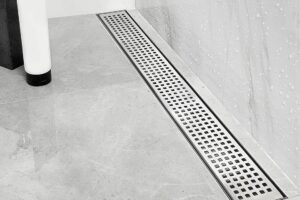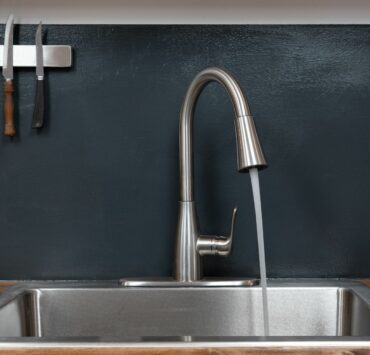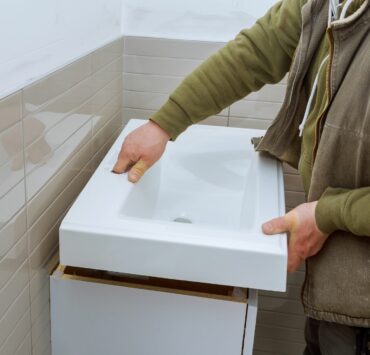Replacing a kitchen sink drain may seem like a daunting task, but with the right tools and a little bit of know-how, it can be a relatively easy DIY project. In this blog, we’ll walk you through the steps on how to replace a kitchen sink drain, as well as highlight a few things to keep in mind to make the process go smoothly.
Few Things to Keep in Mind while Replacing Kitchen Sink Drain
Turn off the Water
Before you start replacing your kitchen sink drain, make sure to turn off the water supply. This will prevent any water from flowing into the sink as you work, and it will also help prevent any accidental leaks.
Gather Your Tools
You’ll need a few basic tools to replace your kitchen sink drain, including a pair of pliers, a pipe wrench, a putty knife, and a bucket to catch any water that may spill out.
Steps to to Replace a Kitchen Sink Drain
If you wish to find out how to replace a kitchen sink drain at home, follow the below-mentioned steps.
Remove the Old Drain
Start by disconnecting the plumbing beneath the sink. Use your pliers or pipe wrench to loosen the nuts that connect the drain to the sink and the P-trap. Once the nuts are loose, carefully pull the old drain out of the sink.
Clean the Sink
Before installing the new drain, clean the sink thoroughly to remove any old putty or debris. Use a putty knife to scrape away any leftover putty, and wipe down the area with a damp cloth.
Install the New Drain
Apply a small amount of plumber’s putty to the underside of the new drain flange, then insert it into the sink’s drain hole. Tighten the mounting screws using a screwdriver or pliers. Once the flange is secure, connect the new drain to the P-trap and plumbing beneath the sink.
Check for Leaks
Turn on the water supply and run water through the sink to check for leaks. If you notice any leaks, tighten the connections as needed.
In conclusion, replacing a kitchen sink drain is a relatively straightforward DIY project that can save you time and money. Remember to turn off the water, gather your tools, remove the old drain, clean the sink, install the new drain, and check for leaks. With these steps in mind, you’ll have a functioning sink in no time. Hope this helps you learn how to replace a kitchen sink drain at home.
